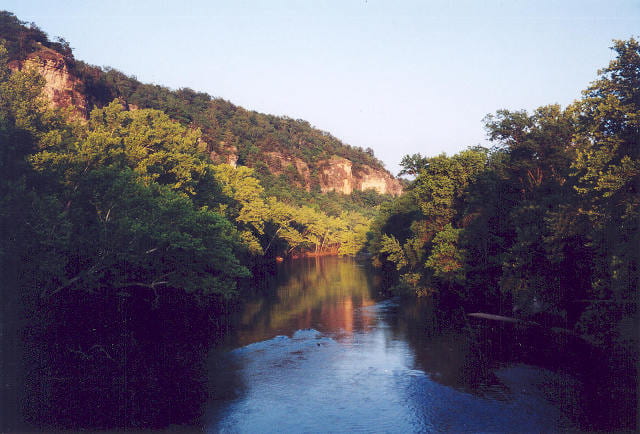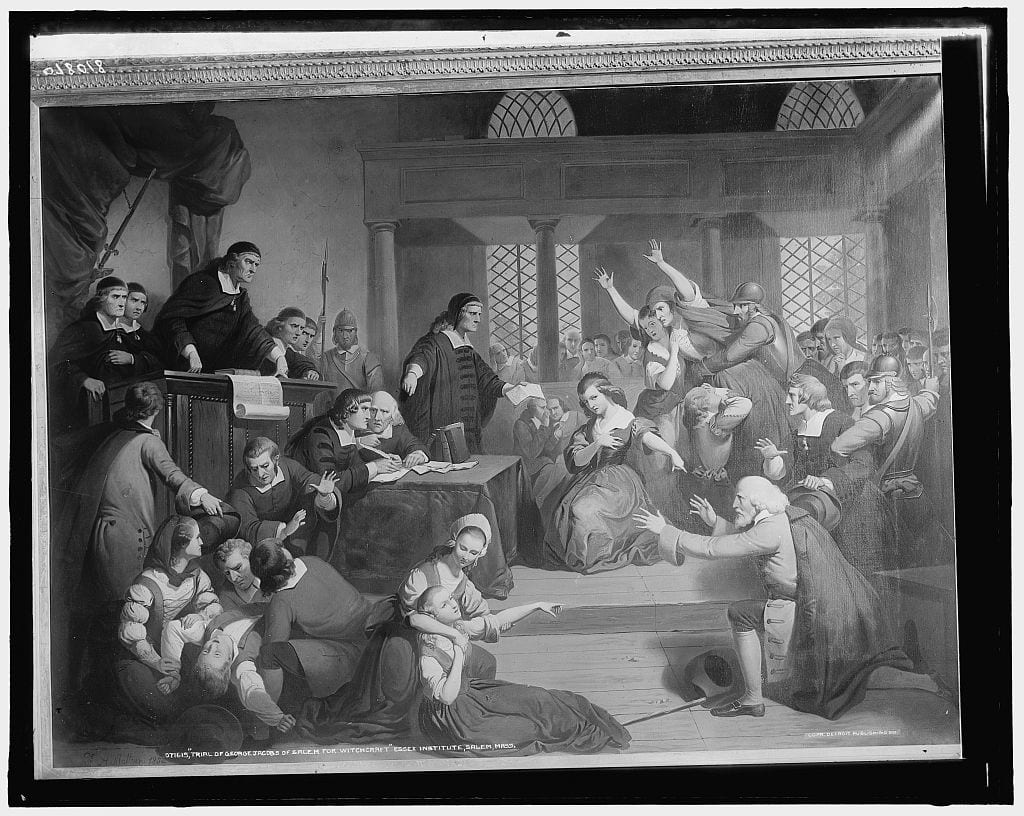Three images encapsulate two entwined structures of feeling that emerged in the United States during the continuing COVID-19 pandemic, the presence of the facemask and the presence of absence [1]. The direction and future of these structures of feeling—and the pandemic—is unknown. However, these structures of feeling can help us unpack the meaning of the pandemic as we move forward to whatever the future may bring.
The pandemic has politicized the facemask, transforming an effective, traditional tool in health and medicine into a political statement. One form of the politicization of the facemask has already been exhaustively covered in the daily news cycle and social media; antimaskers place individual autonomy dis-engaged from community responsibility over the health of the nation, genuine civic engagement, and scientific evidence. However, wearing the facemask is more than a political statement on responsibility, science, and health, as its political symbology has also been integrated into protest and activism against police brutality:








